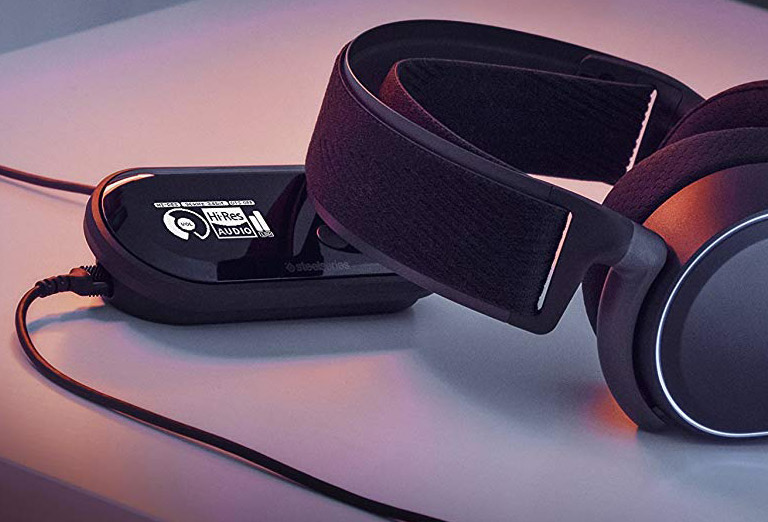
Did you ever wonder what’s going on inside your audio equipment or how audio data on a CD, MP 3 or WAV files stops being data and becomes sound in today we will cover how that magic is in large part thanks to the digital to analog converter better known as the DAC. Let’s take a closer look at how DACs work and find out why investing in a high-quality one can help you achieve amazing sound.
A DAC takes digital data and transforms it into an analog audio signal. Afterward, it sends that analog audio signal through a preamp and into an amplifier. When you hear digital recordings, you’re actually listening to an analog signal that was converted from digital by a DAC. Today, recording engineers convert analog signals to a bitstream of numbers. That series of numbers is a digital audio signal in order to listen to it. You need to convert it back to an analog signal. That’s why we need DAC.
Enjoy digital audio with DACs
Without them, we wouldn’t be able to enjoy digital audio as portability and convenience. Here’s how the process breaks down. First, during the recording process, an artist lays down a track while the microphones pick up the sounds of voices and instruments as analog signals. The recording equipment uses an analog to digital converter to transform the analog signals to digital signals for storage during playback.
A DAC decodes the stored digital signals by converting it back into analog audio. And lastly, a DAC sends the converted analog audio signals out through a free amplifier into an amplifier into your speakers. By opting for a great external DAC, you can enjoy sound quality thus far superior to what your phone or computer sound card can produce.
The noticeably better sound quality heightens our overall listening experience and is a great investment. It’s important to understand what’s going on inside a DAC. The DAC converts a bit string of ones and zeros into analog signals. It doesn’t always convert that bitstream to analog according to a consistent timing sequence. These are known as clocking errors during playback. They reveal themselves as jitter. Jitter during playback has a negative impact on fidelity. In layman’s terms, your music just doesn’t sound as good. It can lose that great sense of excitement and involvement you get at a live concert.
DAC inside phones and computers
The DAC inside phones and computers really aren’t equipped to handle clocking errors very well, creating more jitter. On the other hand, most external or outboard decks are equipped to mitigate these errors. As a result, they more effectively reassemble your music from the bits string of ones and zeros. And with that, you’re getting a more consistent jitter-free sound.
You can use an outboard DAC in just about every listening setup. That said, the DAC you select needs to fit the type of device from which you play your music. For most modern computers, you should just use a USB DAC, simply connect the USB cable to an available port on your computer, then connect that cable to the corresponding input on the deck.
Some of these types of DACs even plug directly into the USB port on your computer for smaller devices that you use on the go. All you need to do is purchase an adapter that enables a USB connection from your devices.
Digital output on a smartphone.
This will usually be the same connection you use to connect your charger with home stereo systems is where you will probably have the most choice for connections. You can use a USB DAC to connect your laptop or computer to your serious system. If you’re a music streaming player has a digital output, you can add a DAC to improve the sound in your system using all in one powered speaker. Many of them come with a high-quality built-in DAC that connects with either a USP or digital input.
The bottom line you should be able to connect a DAC to your existing system, whatever it is, and get a great sound as you move up in quality and outboard DAX, the chipset and everything around it. Supporting it will give you a more warmer and analog light sound that’s more enjoyable.
That’s why you spend more from one DAC over another for that nice warm analog sound. Incredible sound is the ultimate objective and a great DAC helps you achieve it.
View DAC’s on Amazon